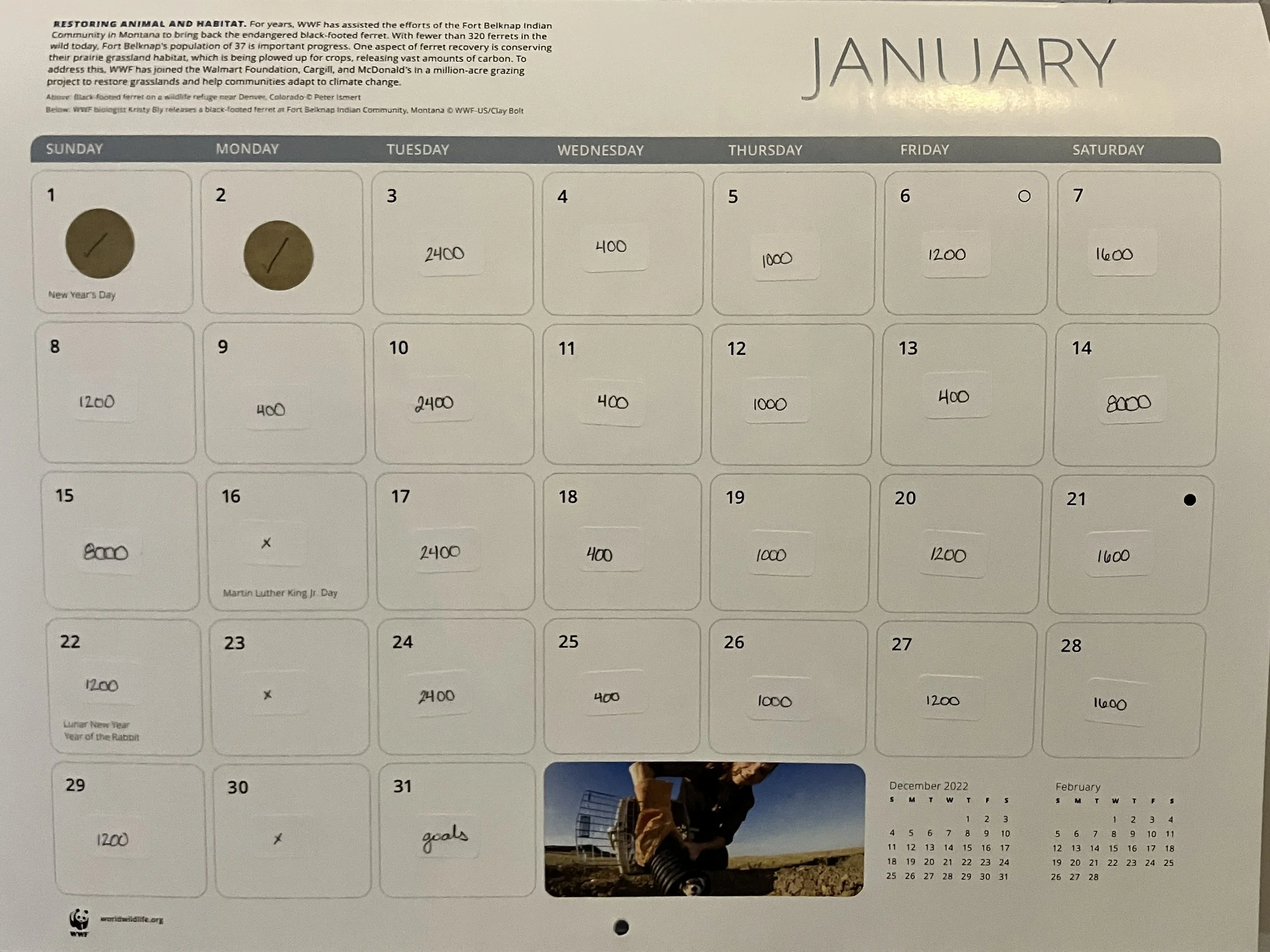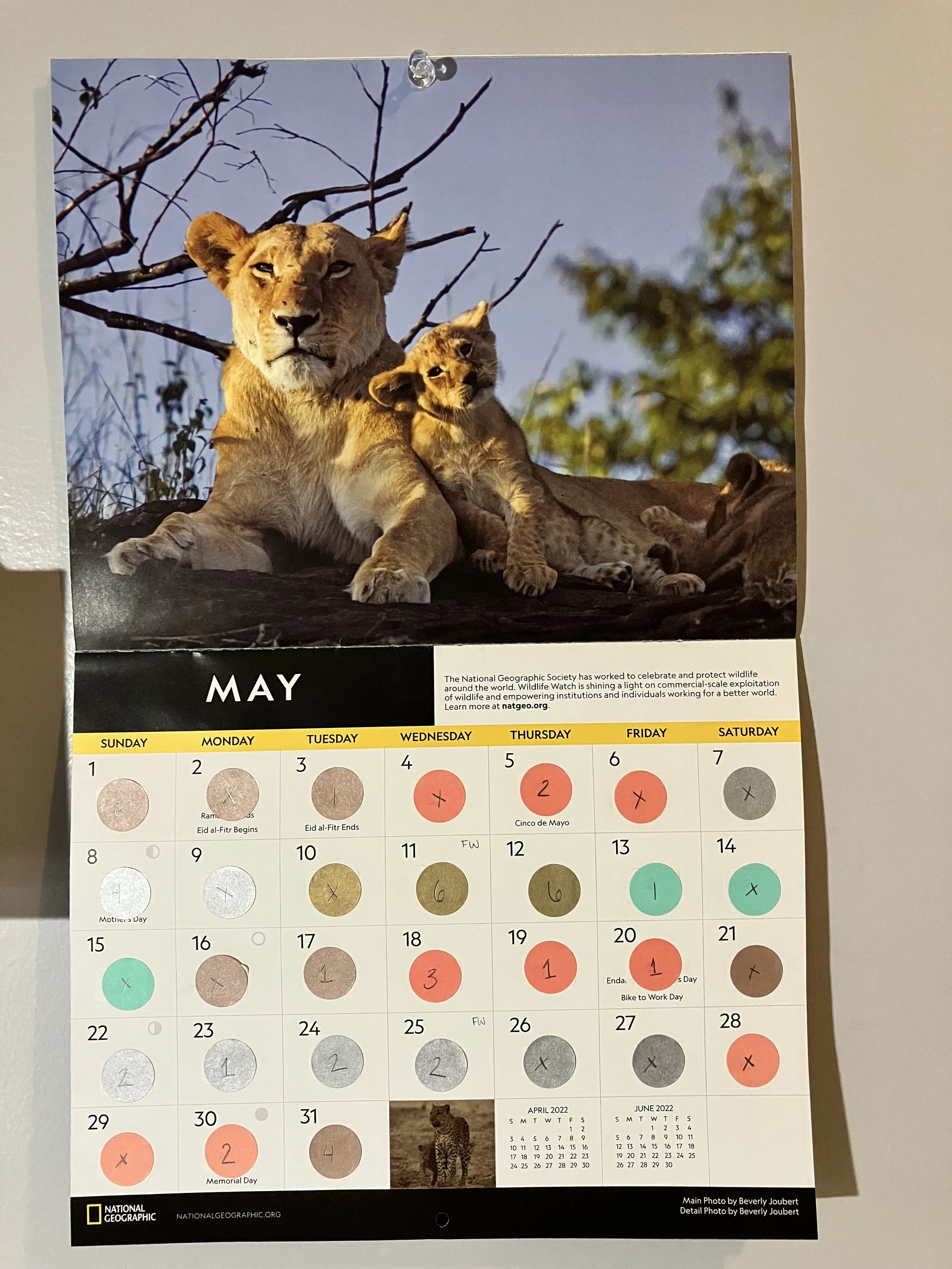Be Inconsistent: Using Flexible Goal Setting to Rock Your Writing Goals
January.
Fresh start. New year. New beginnings.
Though it might be cold outside, there’s just something I love about the sense of renewal that sets in this time of year. It’s a time to reflect on the past, think about the future, and set goals for the person that you want to become.
But here’s the kicker: 91% of people will fail to keep their new year’s resolutions.
Ninety-one percent.
Right now, all around the world, there are people telling themselves that this is the year they finally start writing. Most of them won’t make it. Here’s my advice for making sure that you beat the odds and rock your writing goals this year.
Don’t worry, I’m not here to tell you to write every day. In fact, I’m going to tell you not to.
Seriously.
You don’t need to write every day. You have a life after all. (If that’s not enough to convince you, find a few more reasons here).
Instead, I recommend embracing the messiness of life and setting flexible goals.
Here’s how it works:
Step One: Planning
I plan one month at a time. Why? It’s a short enough deadline that I’ll stay motivated, but far enough away that I can respond organically to unexpected changes.
I look at my calendar to see if I have any big events or commitments coming up. Then, I cross out any days that just aren’t going to work for writing. If I see a day that will be particularly good for writing (e.g. a school break), I put mentally put a star on that date to let me know that I can set a more ambitious goal.
Next, I think about what my manuscript needs and where I am in the process. If I’m fast drafting, I can set a more ambitious goal. If I’m line editing, I’ll set a more restrained goal. At this stage, I also decide what to measure—word count, time spent planning, pages edited, etc.
At this point, I’ll set a goal for each writing day that I have. Each day’s goal can be completely different. It just depends on how much time I’ll have and what I want to get done.
Once I’ve set daily goals, I add them up to determine my weekly and monthly goals.
Once I have my goals set, I write all of my daily goals on a calendar that hangs in my office (pictured below). I also record my daily, weekly, and monthly goals in my writing planner. I’m a big fan of writing my goals on paper, but working analog has its drawbacks. A little while ago, I created a new digital version - you can check it out (and subscribe to my newsletter) here.
Finally, I pat myself on the back and look forward to all of the great writing days I have coming.
My daily goals for this month. Those crazy high goals for the 12th & 13th belong to a weekend writing retreat I’m doing over MLK weekend this year—definitely not my weekend norm! P.S. You don’t have to use a paper calendar - check out my digital version here!
Step Two: Implementation
This is where we get to the flexible part of the flexible goal setting. Each day, I try to hit my target. But inevitably, something comes up that gets in the way. And when that happens, I don’t sweat it.
Seriously, I don’t beat myself up about it. I just move on to the next day. Most often, I overshoot my goal on some days and then go under on others. Usually, the math balances itself without me needing to recalculate the rest of my weekly goals. Other times, the disruption is more severe (like that week I caught COVID while chaperoning prom…) and I have to go back and recalculate my goals for the rest of the month. Even then, I don’t freak out, I just adjust the rest of my writing days so that I can still hit that monthly target.
That’s where the accountability comes in.
The daily and weekly goals are allowed to change throughout the month. The monthly goal, however, is set in stone. Once I calculate what’s reasonable, I hold my own feet to the fire and commit to making that goal happen. If I start falling behind, I adjust my goals for the rest of the month. If I need to skip an episode of The Rookie. I do it. If I need to wake up a little bit earlier or stay up a little later. I do it.
I recommend building in a little leeway by scheduling heavier writing days at the beginning of the month and lowballing goals at the end of the month so you can easily make up for days that don’t go to plan.
A filled out goal calendar for May 2022—I was tracking pomodoros (25 minute chunks) spent writing. My original goal is underneath the sticker—I like to cover it up with my actual number—it keeps me from hyper-focusing on the inevitable slipups. Credit for the beautiful animal pictures goes to National Geographic. For a digital version you can adapt to your needs click here.
A Caveat for step two…
No amount of flexible goal setting can make up for a real crisis. On February 28, 2022 I sat down and set epic goals for March. I was super energized by the progress I’d made in February and excited to keep the ball rolling. Then, on March 1st, a driver ran a red light and T-boned me.
I was thankfully uninjured, but the ensuing drama of insurance companies and buying a new car in an awful market took a toll. I basically wrote nothing until March 31st when I finally signed on the dotted line and had a new car (and yes, it did take an entire month, and yes, it was mostly miserable—but shout out to the CarMax in Warwick, RI—that’s not an affiliate link—they were just incredible).
In other words, I totally missed my March goal. And that sucked. But I had to let it go and start thinking about April.
And guess what?
I got my schedule back on track and still managed to hit the deadline I’d set for finishing my draft that June. It wasn’t easy, but it would have been infinitely harder if I’d gotten stuck beating myself up over what happened after the accident.
Step Three: Repeat
Keep setting goals each month, evaluate your progress and write your heart out.
Will this goal setting method solve all of your problems, free up endless writing time, and clean the kitchen for you?
Unfortunately, no.
But it can help you end the shame spiral that comes from setting and missing strict daily writing targets.
Final Thoughts
The real benefit of this goal setting method is that it lets you treat each day differently. It doesn’t rely on pretending that you can sit down and write 2,000 words a day, every day.
It’s about saying that once a month you can write 5,000 words in one day while your kids are with their grandparents and the rest of the month you can write 50 words a day between loads of laundry. It’s about saying that you can’t write on Mondays or Thursdays or Sundays but that you can carve out time for sprints on the other days of the week.
Flexible goal setting is all about figuring out when you can get words on the page and feeling zero guilt about the days that you can’t.


